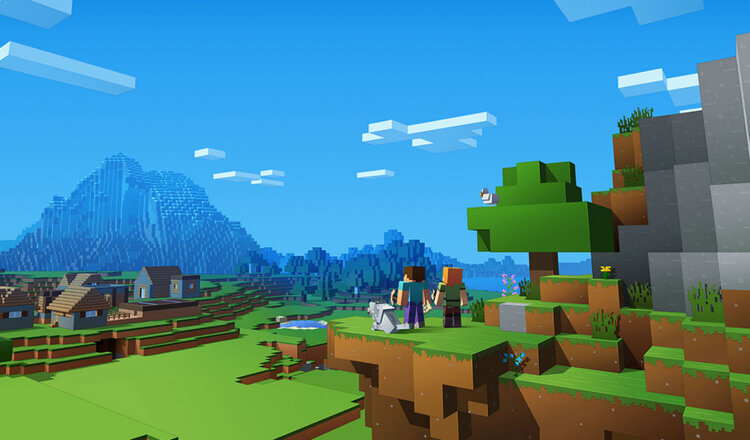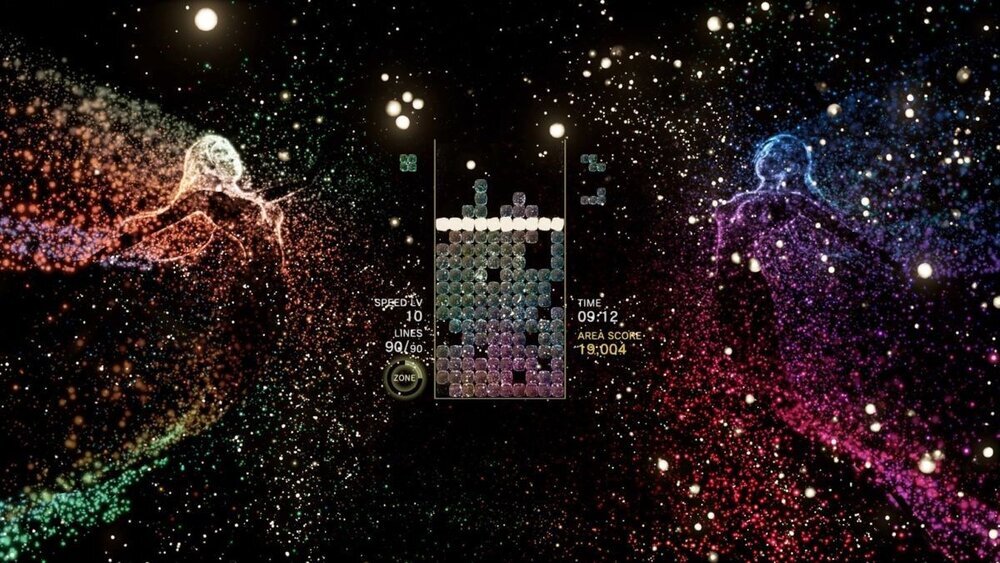What makes Dear Esther inarguably the greatest experimental game of all time, and arguably the greatest indie game of all time, is that regardless of whether your answer is yes or no, you are participating in the experiment yourself: your own take on the merits of Dear Esther is the answer to the question Dear Esther asks.
The same cannot be said of even the most divisive walking simulators that came in its wake. It is very easy to love or hate Gone Home for political or moral reasons, or to dismiss or love The Stanley Parable on the basis of it being a trite stand-up comedy routine of it’s funny because it’s true-level observational jokes (or love it for the same reason), but because the narrative of Dear Esther is essentially meaningless outside of its lyrical content, the thematic content of Dear Esther remains purely experimental.
And this is apparent in Dear Esther’s reception. As stated above, it may be no more divisive than Gone Home, but read a handful of reviews of both games and you’ll find that the division when it comes to Dear Esther is indeed primarily about the validity of walking simulators as a genre, whereas Gone Home, while still being ridiculed for being a walking simulator, manages to attract even more vitriol on the basis of its moral content.
Ultimately, the experiment was undeniably a success, commercially and critically. And for me personally, the retail version is a beautiful little jaunt through the English countryside, even more enjoyable than Fable, for instance, because it allowed you the time to wander freely and enjoy the scenery which could also be rendered in much greater detail due to not having to dilute its visual and architectural design to fit more complicated gameplay mechanics. And the original mod, with its simpler audio design and musical accompaniment, as well as its starker, darker visual design, which allowed for one’s imagination to complement its aesthetic—just as the disjointed, incomplete writing style allowed for the imagination to complement its narrative—is a masterpiece of videogame lyricism and atmosphere, even greater than the retail version. But, alas, it came out last decade, so cannot make the list.
- Tom Towers
5. Dark Souls
FromSoftware, 2011. Playstation 3, Xbox 360, PC, Playstation 4, Xbox One, Nintendo Switch . Action RPG
Souls fans are the worst. While the gaming press praised Demon’s Souls for its melancholy beauty, its intricate level design, its unique online features, its engrossing world and subtle storytelling, all that Demon’s Souls fans noticed was that it was hard. Ask them if there was anything else good about the game, and their response was, at best, yes, but did I mention just how hard it is? At worst, it was to interrogate you as to why you were such a coward as to want something out of a game other than a challenge.
By the time Dark Souls was released, all of a sudden Souls fans were engaging in some critical revisionism. Apparently critics had failed to properly appreciate Souls games, only noticing that the game was hard, whereas they, the connoisseurs that they were, had always loved the series for its melancholy beauty, its intricate level design, its unique online features, its engrossing world and subtle storytelling; sure it is indeed hard, they’d say, but there’s so much more to it than that!
In fact, Dark Souls’ reputation for being hard was such that soon any difficult game started to be compared to Dark Souls. And indeed, one of Dark Souls’ most divergent and ultimately influential design decisions was to focus on challenging the player. But more important than the difficulty, per say, was the decision to not avoid friction.






























